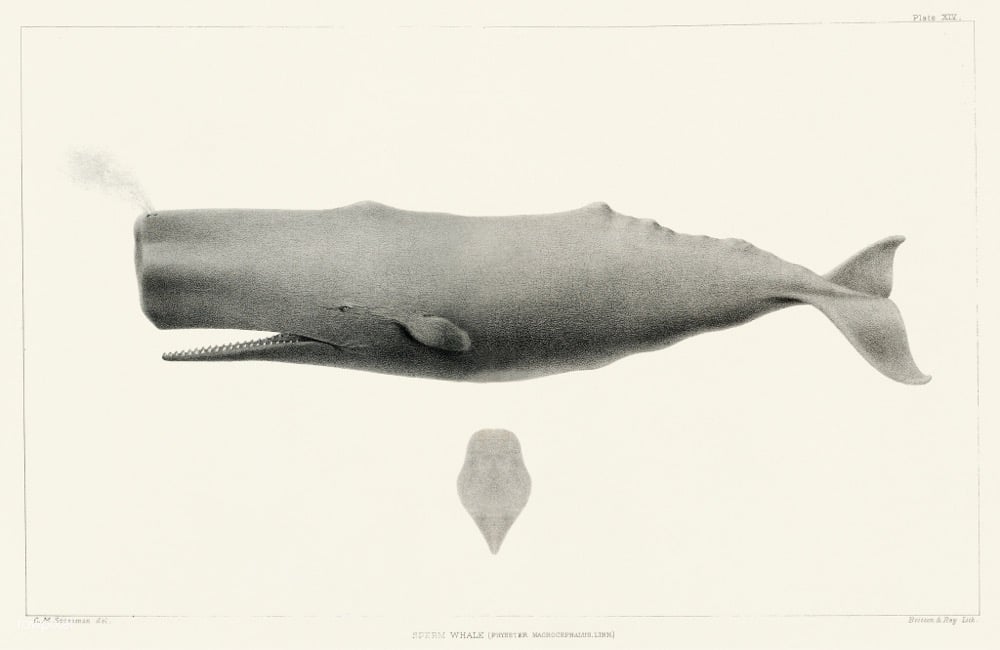How Sperm Whales Learned to Collectively Outsmart 19th-Century Whalers

In the 19th century, when whaling fleets were first sent out to hunt sperm whales, the whales employed the same defensive strategy they used against orcas: forming the group into a tight circle. But what worked against orcas was not successful against whalers: the close grouping made the whales that much easier to kill. According to a recent analysis of whalers’ logbooks, within a few years the sperm whales collectively abandoned the grouping strategy in favor of swimming upwind from the sailing ships to escape.
Sperm whales are highly socialised animals, able to communicate over great distances. They associate in clans defined by the dialect pattern of their sonar clicks. Their culture is matrilinear, and information about the new dangers may have been passed on in the same way whale matriarchs share knowledge about feeding grounds. Sperm whales also possess the largest brain on the planet. It is not hard to imagine that they understood what was happening to them.
The hunters themselves realised the whales’ efforts to escape. They saw that the animals appeared to communicate the threat within their attacked groups. Abandoning their usual defensive formations, the whales swam upwind to escape the hunters’ ships, themselves wind-powered. ‘This was cultural evolution, much too fast for genetic evolution,’ says Whitehead.
See also Studying Humpback Whales to Better Communicate with Aliens.





Stay Connected